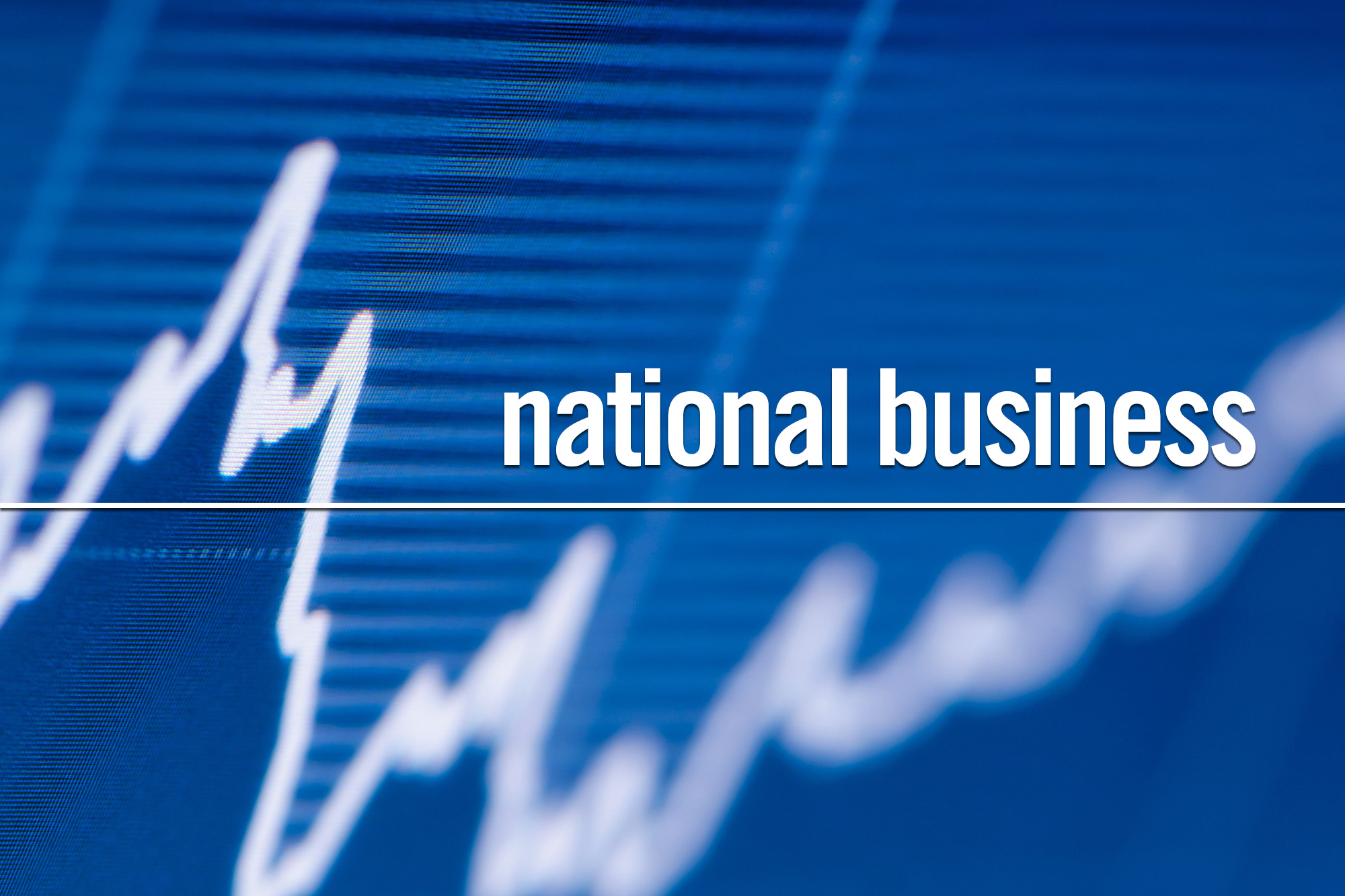Western News – Western study shows half of Ontario dentists used teledentistry during pandemic

Even though the COVID-19 pandemic upended all the things in the entire world, it also turned a strong catalyst for innovations that manufactured remote supply of wellbeing treatment and solutions – like dentistry – probable.
A new analyze by Western researchers Rocco Cheuk, a 3rd-yr undergraduate college student at Schulich School of Medicine & Dentistry, and Dr. Abbas Jessani has proven almost 50 for each cent of dentists in Ontario made use of some kind of teledentistry – a blend of dentistry, telephone and virtual communication – to offer distant treatment to sufferers through the pandemic. The review also identified dentists held again from applying teledentistry due to the fact of their lack of curiosity in it, and in many conditions, a absence of methods.

Dr. Abbas Jessani, professor of dentistry at Schulich Medicine & Dentistry. (Schulich Medicine & Dentistry Communications)
“Remote dental care is a real want. It has been useful, primarily in expediting consultations and triaging clients for treatment options and observe-ups. Not quite a few dental professionals have been incorporating it into their apply, but the threat of transmission of COVID-19 in dental clinics compelled them to seem for innovative techniques to serve the desires of clients whilst holding absolutely everyone risk-free,” explained Jessani, professor at Schulich Dentistry.
From the standpoint of a dental follow, teledentistry serves two principal functions: facilitating are living consultations in between a dental practitioner and their patient by means of online video conferencing technological know-how and enabling remote sharing of monitored scientific facts, radiographs, laboratory check results and related knowledge. However, the gains teledentistry can give susceptible people, this kind of as seniors, sufferers with disabilities, and marginalized and underprivileged populations, are what ought to compel dental experts to use and combine it as a portion of schedule care, included Jessani.
“Teledentistry can lessen the obstacles people experience in accessing dental care. At times, people and their caregivers have to acquire unpaid time off operate, since a stop by to a dental clinic can just take up the entire day, in particular if they are relying on general public transportation or if a dental workplace is not conveniently situated. Incorporating day to day technology in the provision of dental treatment can considerably lessen disparities in oral health treatment among rural and city communities,” mentioned Jessani, introducing dental experts need to have to glance beyond the medical placing and deliver services to those who will need them the most.
The analyze, printed in BMC Oral Wellbeing, was primarily based on a Schulich Dentistry Study Chance Software (SDROP) undertaking undertaken by Cheuk and supervised by Jessani. The study provided a survey of 456 dental industry experts in Ontario, recording their perceptions in direction of the use of teledentistry and analyzing things that motivated clinical practices all through COVID-19 lockdowns. The examine discovered only 49 per cent of examine respondents noted applying teledentistry, with 13 for every cent making use of it ahead of the pandemic and 36 per cent adopting it during the pandemic. Almost 54 for each cent described a deficiency of interest as the most popular explanation for not making use of teledentistry.
The examine also located that female dental pros, people operating in non-public methods, and all those who worked in a single dental place of work ended up far more probable to adopt teledentistry for the duration of the pandemic. The surveyed dental professionals also claimed teledentistry was an productive device for educating sufferers about oral health and fitness and dental therapies.
Stating the rewards of teledentistry and the boundaries in opposition to it, the review recommends the upcoming action is to boost its uptake amongst dental pros and personal procedures. Jessani claimed that dental practitioners can be inspired to use teledentistry if they are demonstrated that standard distant treatment is feasible employing basic and affordable technologies like a cellular telephone digicam. The research also suggests developing a strong curriculum that integrates know-how and teledentistry in scientific treatment.
“Including teledentistry teaching in a dental school’s curriculum could be a good starting place,” said Jessani, who is also assistant director for curriculum renewal and service understanding at Schulich Dentistry.
The entire textual content of the study can be browse right here.








